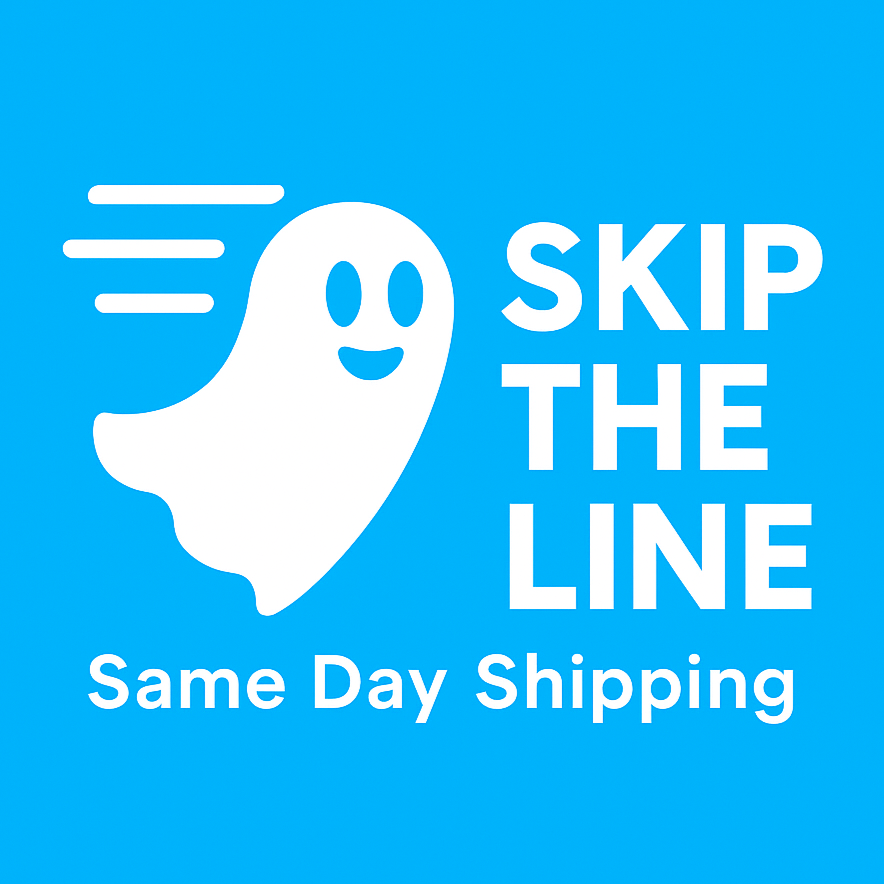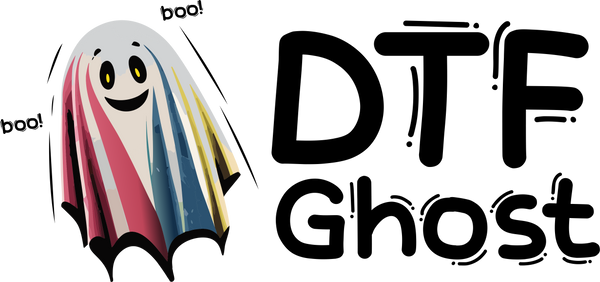Which DTF Prints Right For You?
DTF printing offers diverse solutions, primarily categorized by their intended application: fabric or hard surfaces.
Choosing the right printing method can significantly impact the quality and durability of your custom designs. When it comes to modern transfer technologies, DTF printing has emerged as a versatile and popular choice for a wide range of applications. Whether you're customizing apparel, creating promotional items, or adding a personal touch to everyday objects, understanding the nuances of different DTF prints is essential.
What are the different types of DTF prints available?
DTF printing offers diverse solutions, primarily categorized by their intended application: fabric or hard surfaces. The core technology involves printing a design onto a special film, applying an adhesive powder, and then curing it before transferring it to the final substrate. For apparel and fabric items, traditional DTF prints are the go-to. These transfers are known for their soft feel, vibrant colors, and excellent durability on various textiles like cotton, polyester, and blends. They eliminate the need for pre-treatment on many fabrics and offer a high degree of stretch and washability, making them ideal for custom t-shirts, hoodies, and other garments. The process is efficient, allowing for detailed designs without the complexities of traditional screen printing, such as weeding or multiple screens for different colors.
A newer, innovative branch of this technology is UV DTF. Unlike its fabric-focused counterpart, UV DTF is specifically engineered for rigid, hard surfaces. These transfers are cured using UV light, resulting in incredibly durable, waterproof, and scratch-resistant designs. UV DTF transfers are perfect for items that cannot withstand the heat of a traditional press or require a more robust finish. They adhere exceptionally well to materials like metal, plastic, wood, glass, and ceramics. This makes UV DTF’s an excellent choice for branding items such as tumblers, mugs, phone cases, laptops, and signs. The "peel and stick" application of UV DTF stickers simplifies the customization process, offering a high-quality, full-color solution without specialized equipment beyond the printer itself. Both forms of DTF printing provide unique advantages, catering to distinct material types and project requirements.
Which DTF ink type is right for bright colors?
Achieving truly bright and vivid colors in your DTF prints largely depends on the quality and type of ink used. For both traditional DTF printing on fabric and UV DTF applications, specialized inks are formulated to deliver exceptional color saturation and vibrancy. High-quality DTF inks, often water-based, are designed to penetrate the transfer film effectively and then bond securely with the adhesive powder. These inks are engineered to produce a wide color gamut, ensuring that designs appear rich and true to their digital representation. When aiming for bright colors on fabric, look for inks that boast strong pigmentation and excellent colorfastness, which means they resist fading even after multiple washes. The opacity of white ink in the DTF process is also crucial for vibrancy, especially on dark garments, as it provides a solid base for the colors to pop.
For UV DTF transfers, the inks are UV-curable, meaning they harden instantly when exposed to ultraviolet light. These inks are specifically developed to offer superior adhesion and scratch resistance on non-porous surfaces while maintaining brilliant color output. The UV curing process locks in the pigments, preventing color bleed and ensuring the longevity of the design. When selecting a DTF solution for bright colors, always prioritize reputable ink suppliers known for their consistent quality and color accuracy. The right ink ensures your DTF prints stand out with remarkable clarity and intensity.
What’s the best DTF option for photo-realistic designs?
For apparel and textiles, traditional DTF printing excels at reproducing photo-realistic images. The ability of DTF printers to lay down fine ink droplets and blend colors seamlessly allows for high-resolution prints that capture subtle variations in tone and shading. This method is particularly effective because the transfer process ensures that all the printed detail, including the smallest elements, is transferred accurately to the fabric. The soft hand feel of the final DTF prints on garments also contributes to a natural, integrated look for photographic designs, avoiding the thick, plasticky feel sometimes associated with other transfer methods.
For hard surfaces, UV DTF transfers are the superior choice for photo-realistic designs. The UV curing technology allows for incredibly crisp and detailed imagery on rigid materials. Because UV DTF prints directly onto a transfer film and then applies as a sticker, it maintains the sharp resolution of the original design without distortion. The inks used in UV DTF are formulated for high pigment density and precise application, which is essential for rendering the nuances of a photograph. Whether you're personalizing a laptop with a detailed image or adding a complex logo to a tumbler, UV DTF stickers provide a durable and visually stunning solution for photo-realistic applications on non-fabric items. The clarity and precision offered by DTF printing in both its forms make it a leading contender for bringing complex visuals to life.
Should you go with full-color or spot-color DTF prints?
Deciding between full-color and spot-color DTF prints depends on your design’s complexity, brand guidelines, and desired aesthetic. Each approach offers distinct advantages for DTF printing projects. Full-color DTF prints, also known as CMYK (Cyan, Magenta, Yellow, Black) printing, are the standard for designs that feature photographs, gradients, or a wide spectrum of colors. This method uses a combination of four primary inks to create virtually any color imaginable. It's the ideal choice when your design has many different hues, complex shading, or needs to reproduce a photographic image accurately. For custom DTF transfers that involve intricate artwork or branding with multiple color variations, full-color DTF ensures that every shade and gradient is faithfully represented. This flexibility makes full-color DTF printing highly versatile for a broad range of applications, from detailed graphics on t-shirts to vibrant UV DTF stickers for product labeling.
Spot-color DTF prints, on the other hand, involve using pre-mixed inks to achieve specific, precise colors, often identified by a Pantone Matching System (PMS) code. While less common in the general DTF workflow compared to full-color, spot colors are crucial for designs that require absolute color consistency, such as corporate logos or brand elements where exact color matching is paramount. If your design uses a limited number of distinct, solid colors and those colors need to be precisely reproduced across different batches or products, spot-color DTF can offer unmatched accuracy and vibrancy for those specific shades. However, it's typically reserved for simpler designs without gradients or photographic elements. For most modern DTF printing needs, especially those involving diverse imagery or a broad color palette, full-color DTF provides the most practical and effective solution.
Optimize Your Designs with the Right DTF Printing Solution
Choosing the right DTF printing method and understanding its capabilities is key to successful customization. Whether you need the soft feel and vibrant look of traditional DTF prints for apparel, or the durable, high-resolution finish of UV DTF transfers for hard goods, the versatility of DTF technology offers a solution. By considering your specific design needs, target surface, and color requirements, you can confidently select the DTF option at DTF Ghost that best brings your vision to life.

